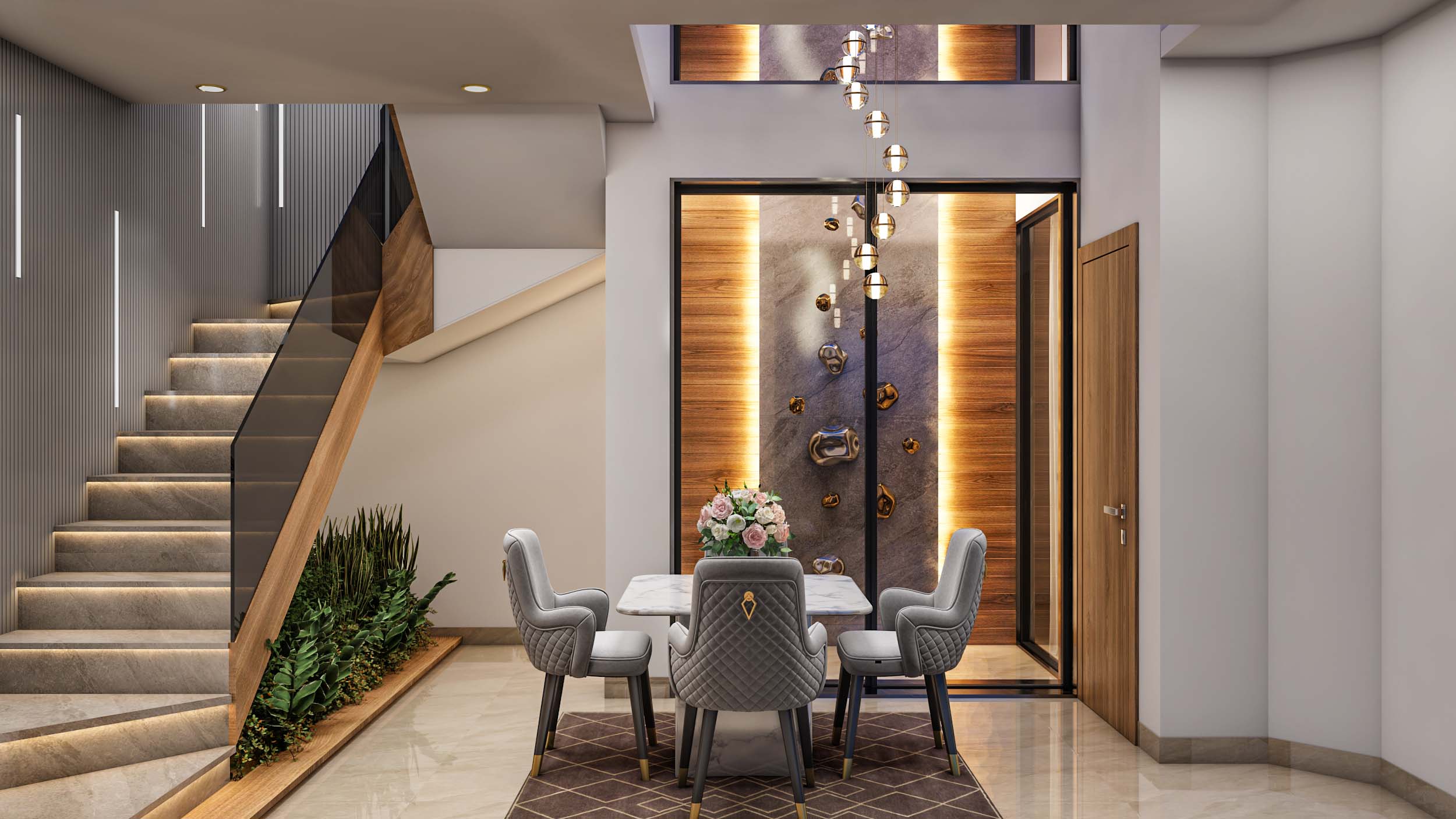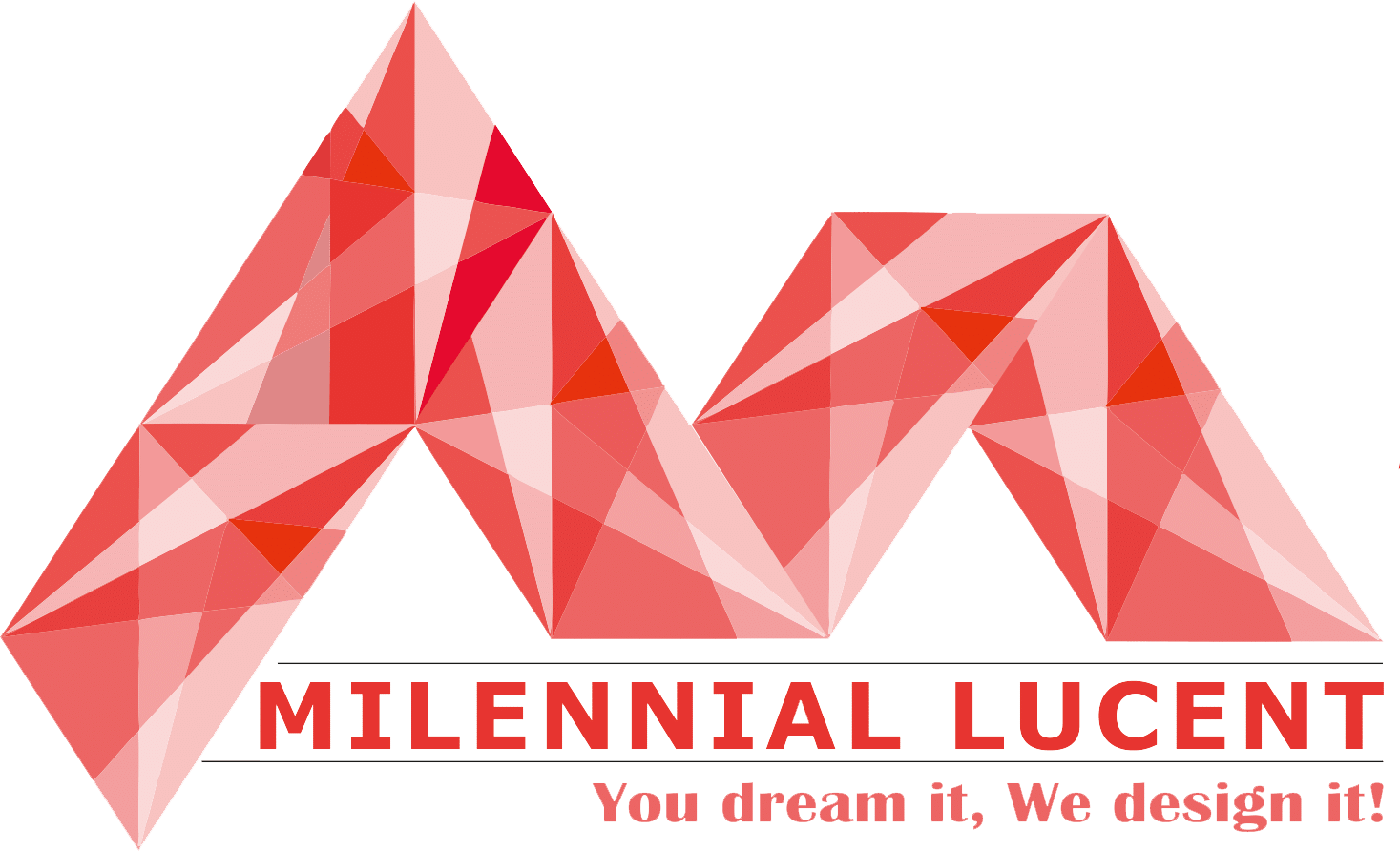website Article

Rending 3D visualization Rendering in 3D visualization is a sophisticated process that transforms detailed 3D models into realistic images or animations, providing a vivid preview of how a space or object will appear before construction or production begins. This technique is invaluable in fields such as architectural design, product development, and urban planning, enabling stakeholders to visualize and assess designs with high accuracy.
Creating the 3D Model
The first step in 3D visualization is developing a detailed 3D model of the subject. This involves using specialized 3D modeling software to construct a digital representation of the object, space, or environment. The modeling process includes defining the geometry, dimensions, and structure. For example, in architectural visualization, this would involve creating digital representations of buildings, rooms, and furniture, while in product design, it would involve modeling every component of a product.
3D visualization

Rending 3D visualization Rendering in 3D visualization is a sophisticated process that transforms detailed 3D models into realistic images or animations, providing a vivid preview of how a space or object will appear before construction or production begins. This technique is invaluable in fields such as architectural design, product development, and urban planning, enabling stakeholders to visualize and assess designs with high accuracy. visit now
3D Rending

3D rendering is a process that creates realistic or stylized images and animations from a 3D model, transforming digital designs into visually compelling outputs. The process begins with the preparation of a detailed 3D model, including its geometry, textures, and materials.
Once the model is ready, materials and textures are applied to give it a lifelike appearance. Lighting is then set up to simulate various illumination conditions, adding depth and realism through shadows and reflections. Virtual cameras are positioned to capture the scene from specific angles, influencing the composition of the final render.
The rendering engine processes these elements, performing complex calculations to produce high-quality images or animations. After rendering, post-processing adjustments are made to enhance the final visuals, such as refining colors and contrast. The rendered output is reviewed and iterated based on feedback to ensure it meets the desired standards and effectively communicates the design.
This process is essential for visualizing projects before they are built or manufactured, aiding in design decisions and client presentations. visit now
what are Different 3D rending and 3D visualization

3D Rendering and 3D Visualization are closely related but distinct processes in the field of digital graphics and design.
3D Rendering is the process of generating images or animations from a 3D model using specialized software. It involves translating the digital model, including its geometry, textures, and materials, into photorealistic or stylized visuals through complex calculations of light interactions, shadows, and reflections. Rendering focuses on creating the final output, such as a high-quality image or animation, by simulating how light interacts with the 3D model under various conditions. The primary goal is to produce realistic or aesthetically pleasing visual representations of the model.
3D Visualization, on the other hand, encompasses the broader process of creating, manipulating, and presenting 3D models to communicate design concepts effectively. It includes several stages: from the initial creation of the 3D model, through applying materials and textures, setting up lighting and cameras, to rendering and post-processing.
Visualization aims to convey design ideas clearly and comprehensively, often involving iterative adjustments based on feedback. While rendering is a key component of visualization, the latter also involves planning, designing, and presenting the 3D model to stakeholders, clients, or team members, ensuring that the final visual output supports decision-making and project communication.
In summary, 3D rendering is a specific step within the broader 3D visualization process focused on generating final images or animations, whereas 3D visualization encompasses the entire workflow from model creation to presenting the completed visuals.
Conclusion -In conclusion, 3D rendering is a pivotal process that translates digital 3D models into detailed, lifelike images or animations, enabling accurate visualization of designs before they are physically realized. By simulating light interactions, applying textures, and rendering complex scenes, it provides valuable insights and high-quality visual representations that enhance design decisions, client presentations, and overall project communication.

